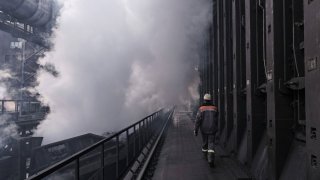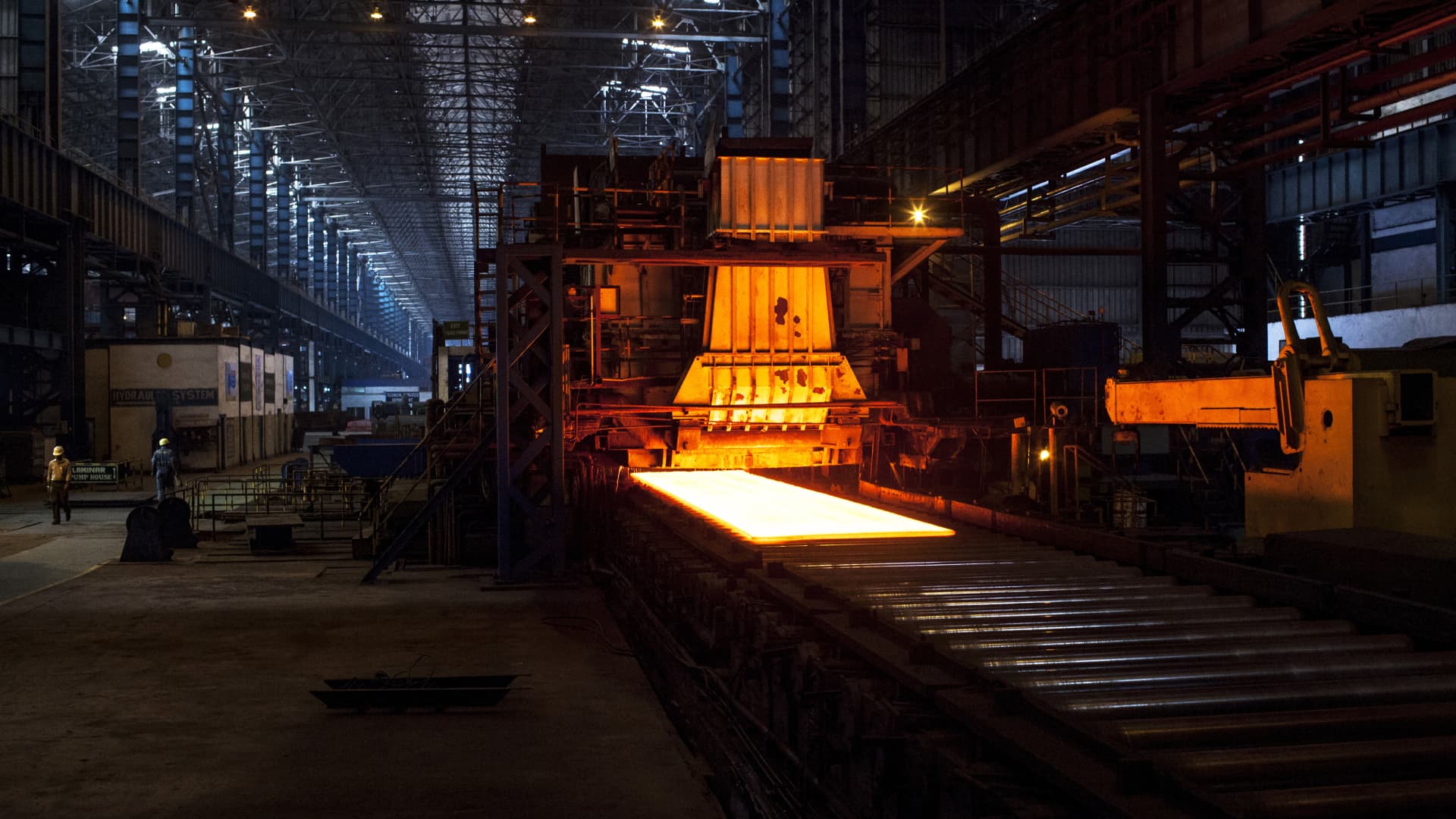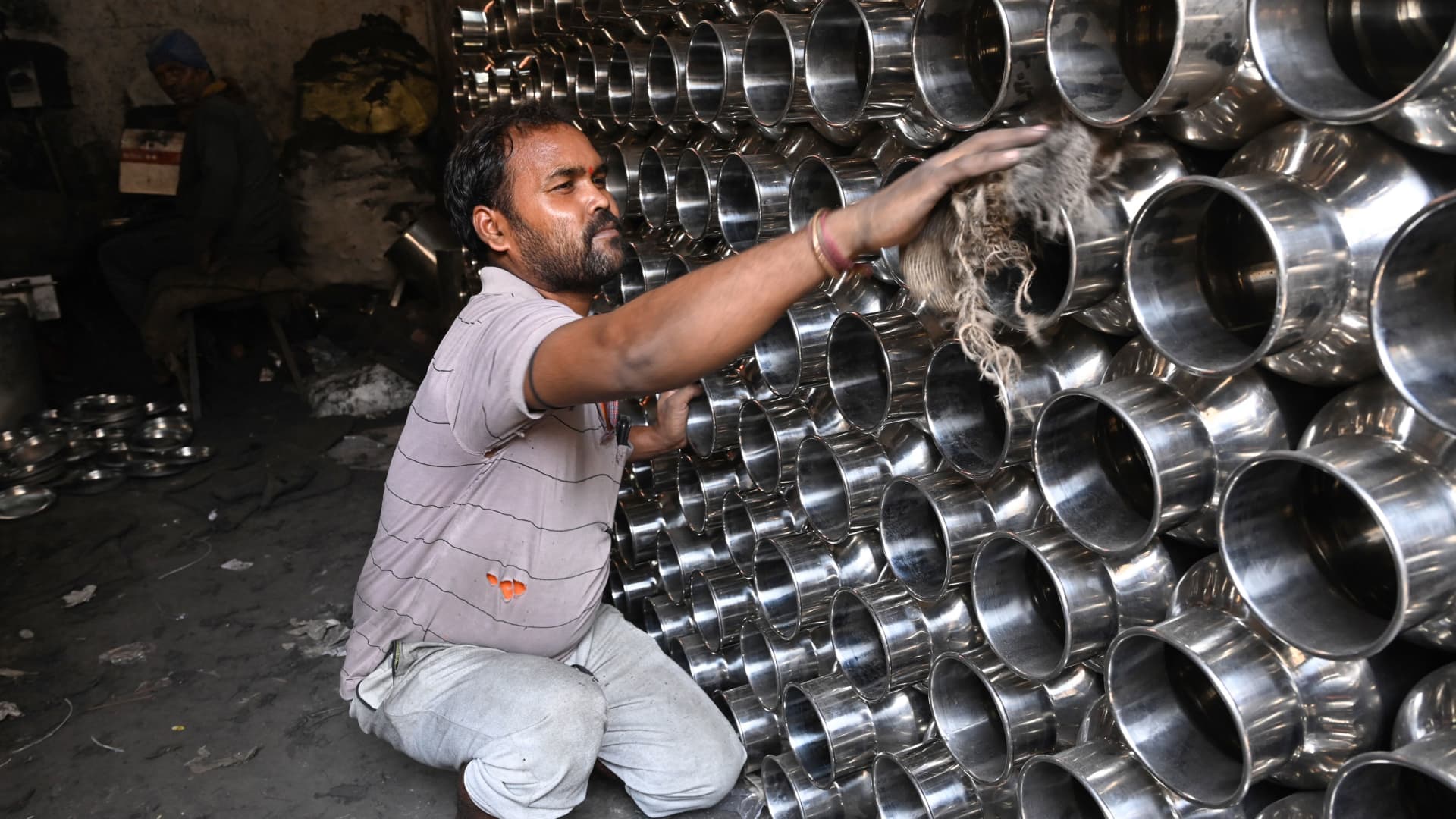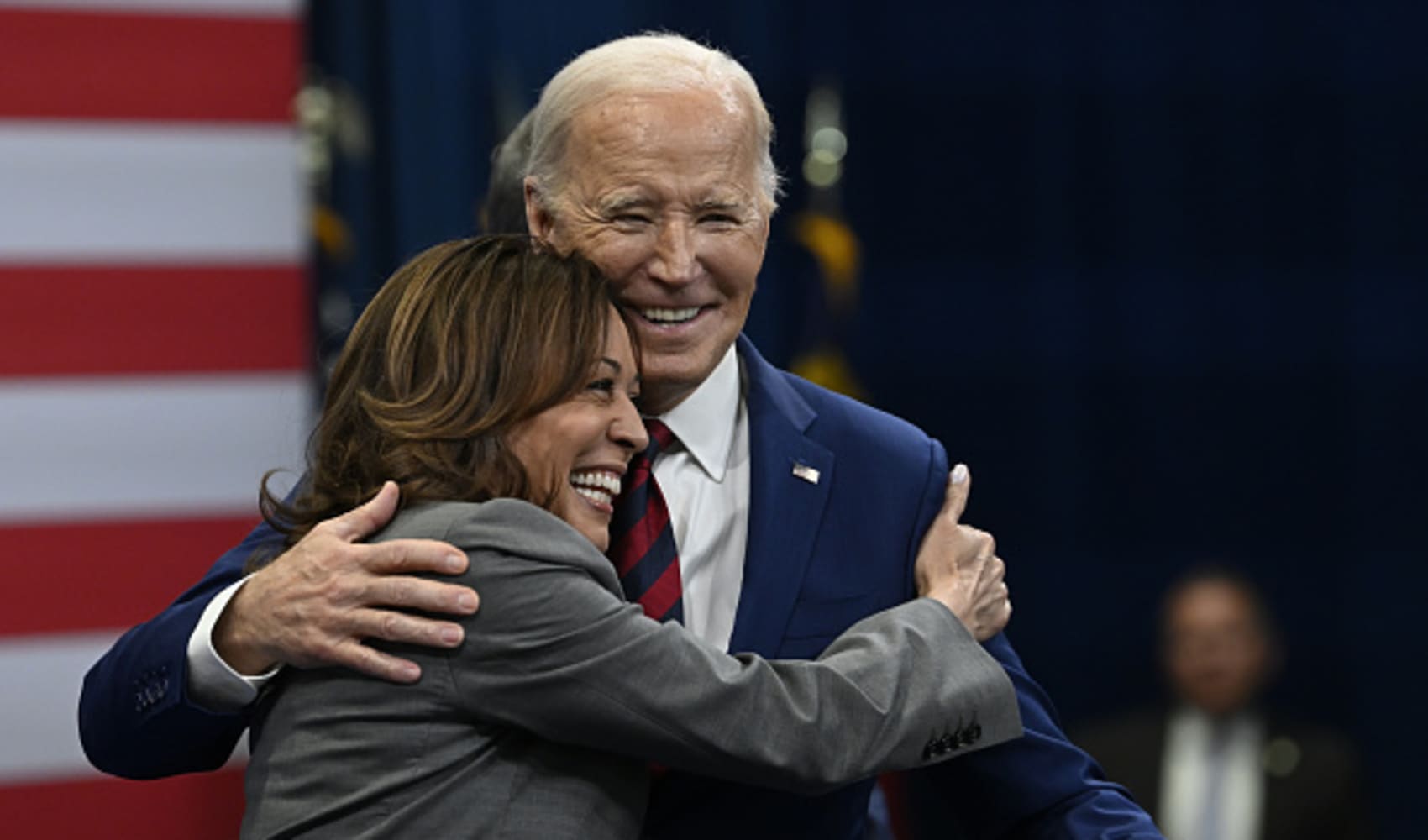
- Exports of iron ore out of India are set to remain low as the world's fourth-largest producer reserves more of the commodity for its domestic use, according to commodity intelligence service Kpler.
- "Indian iron ore exports … have really come off in the last few months. And that is quite indicative that domestic consumption there is very strong," said Reid I'Anson, Kpler's senior commodity analyst.
Expect exports of iron ore out of India to remain low as the world's fourth-largest producer reserves more of the commodity for its own use, said commodity intelligence service Kpler.
"Indian iron ore exports … have really come off in the last few months. And that is quite indicative that domestic consumption there is very strong," said Reid I'Anson, Kpler's senior commodity analyst, who added that this will continue throughout the year.
India's exports of iron ore plunged by 90% year on year in October last year, and recorded an year-on-year decline as steep as 96% in September.
Feeling out of the loop? We'll catch you up on the Chicago news you need to know. Sign up for the weekly Chicago Catch-Up newsletter here.
India produces 9.2% of the world's iron ore. Australia is the largest producer, accounting for almost 35% of global supply, followed by Brazil and China.
"India is going to be a standout economy in terms of growth in 2023 … And I think exports out of India are going to remain pretty weak as well as they consume most of that domestic production."
A 20% rally?
Money Report
The dip in India's exports of the commodity comes just as China's Covid reopening sends commodity prices soaring, and I'Anson forecasts that an "upward movement of 20%" on iron ore prices is on the table.
The benchmark 62%-grade iron ore last traded at $123.37 per ton, up about 30% since December when China announced the rollback of its "zero-Covid" measures.
Iron ore is primarily used to make steel, an important material in construction and engineering projects — and both Asian nations are on track to consume more.
"You've got the return of the consumers in China, which is going to drive durables consumption, and you're going to see an improvement in the property market there," I'Anson said.

According to Refinitiv, around 60% of global iron ore exports are destined for China.
"Downstream demand in China started to show some signs of optimism based on government support particularly for the construction sector, which is the largest steel using sector in the country," Tamara Thorne, senior analyst at Refinitiv Metals Research, told CNBC.
A similar pace of demand is expected for its neighbor.
"We expect the steel consumption in India will grow much faster than what we have seen in the first nine months of the financial year (in 2022)," said Seshagiri Rao, joint managing director of JSW Steel.
How long will it last?
The secretary general of the Federation of Indian Mineral Industries, B K Bhatia, said he believes the export of iron ore in 2023 will be much more than the exports during 2022. Iron ore exports from India were affected by a 50% tax on low-grade iron ore exports, which was reversed in late November.
But while India's exports of iron ore have picked up from December because of that, the move may not be a sustainable one, according to Kpler's I'Anson. He maintains that the exports are unlikely to return to the levels seen in 2020 and 2021.
"The extent to which loadings have picked up recently is likely not sustainable for very long," he said.
India's iron ore exports won't be the biggest factor in price volatility, however.

"The largest swing factor is the ability of Rio Tinto in Australia and Vale in Brazil to operate up to the limits of their supply chains," said CLSA research analyst Robert Stein.
Both iron ore powerhouses expect production to be flat year-on-year on the low side, and a 5% increase in a bullish scenario.
"Working capital has stabilised but remains somewhat elevated with commodity price volatility, higher raw material prices and global supply chain pressures," mining giant Rio Tinto recently stated in its fourth-quarter production results.
China is another big factor.
"Demand is still impacted by the Chinese property deleveraging program and whilst in any given week, positive sentiment may lead price higher, [but] to sustainably reach those levels we would need to see widespread property stimulus or support," said Stein.






